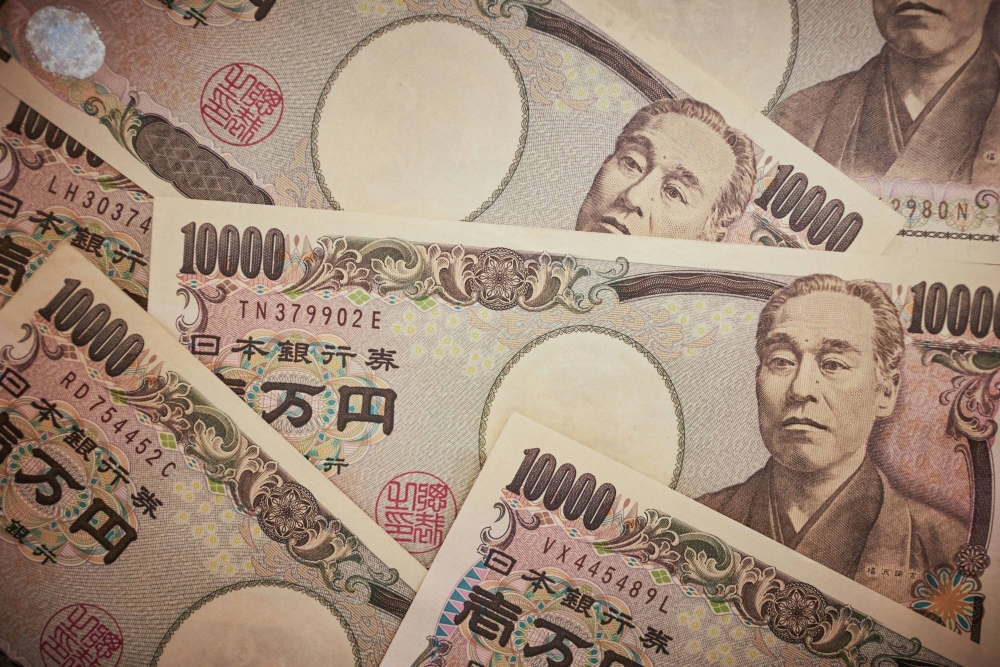
- Forex
The yen weakens sharply amid rate changes
Do you want to know how to make money from this?
Register for free and get expert advice, access to a training course and webinars.
Key points:
- The yen hit a 34-year low against the US dollar.
- Japanese authorities are concerned about “disorderly and speculative” currency movements.
- Regulatory intervention is expected to stabilize the rate.
On Wednesday, Japan’s three leading financial regulators – the Bank of Japan, the Ministry of Finance and the Financial Services Agency – held an extraordinary meeting to discuss the situation with the Japanese yen. As the currency weakened to a 34-year low against the US dollar. The meeting participants expressed concern about “disorderly and speculative” currency movements and declared their readiness to intervene in the foreign exchange market.
The emergency meeting, held at the end of the trading day in Tokyo, underscores growing concerns among Japanese officials about the sharp decline in the national currency. In a statement following the meeting, regulators did not specify what measures could be taken to stabilize the exchange rate, but emphasized their commitment to “stability of prices and the financial system.”
It is expected that the further steps of the Japanese authorities will be closely monitored by the global financial community, since the weakening of the yen could have significant consequences for the global economy.
What’s happening to the yen?
During a briefing after the extraordinary meeting, leading currency diplomat Masato Kanda did not rule out steps in response to “erratic movements in the exchange rate.” He also stressed that the Bank of Japan is ready to adjust monetary policy if fluctuations in the yen have an impact on the economy and price trends.
These statements led to a short-term depreciation of the US dollar against the yen. At the time of Kanda’s speech, the rate was 151.32, down from 151.97 recorded earlier in the day. It is worth noting that 151.94 is the level at which the Japanese authorities last intervened in the market to buy the currency in October 2022.
Despite the Bank of Japan’s historic move away from negative interest rates last week, the yen continues to lose ground. The weakening of the national currency increases import costs, which, in turn, fuels inflation and negatively affects the standard of living of the population.
Finance Minister Shunichi Suzuki earlier in the day flagged the possibility of “decisive steps” against the yen’s weakness. This is the harshest rhetoric from the Japanese authorities since 2022, when Japan last intervened in the foreign exchange market. Suzuki’s announcement comes amid a sharp rise in the US dollar, fueled by strong economic performance in the US.
Impact of the Japanese currency fall
Kazuo Ueda, governor of the Bank of Japan, said the central bank will closely monitor exchange rate movements and their impact on economic performance and inflation.
The weakening of the yen has both positive and negative sides. On the one hand, it makes exports from Japan, the world’s fourth-largest economy, more competitive in international markets. On the other hand, a weaker yen increases the cost of imported goods, which can lead to higher inflation.
The recent sharp fall in the Chinese yuan could be a policy response aimed at protecting the competitiveness of Chinese exports, according to forex strategists at National Australia Bank.
Despite the fact that the Bank of Japan raised interest rates last week for the first time since 2007, markets do not expect this move to be repeated soon. This encourages the use of the yen in carry trades, where investors borrow in a currency with low interest rates and invest the proceeds in higher-yielding assets.
In the current quarter ending this week, the yen was the worst performer among major currencies, losing more than 7% against the US dollar.
Do you want to know
How to make money from the news
Register for free and get:
- Expert consultation;
- Access to the training course;
- Opportunity to participate in webinars

